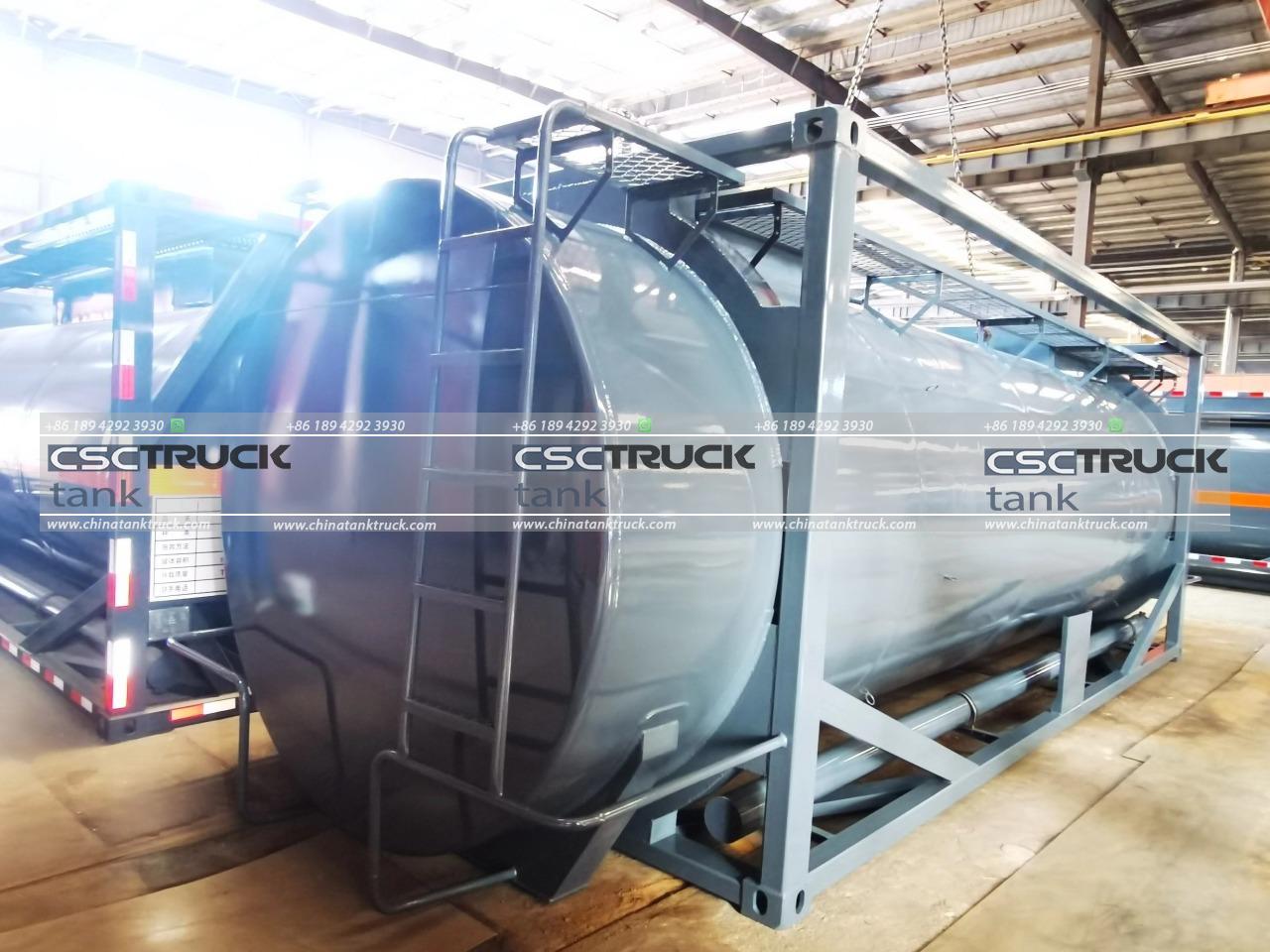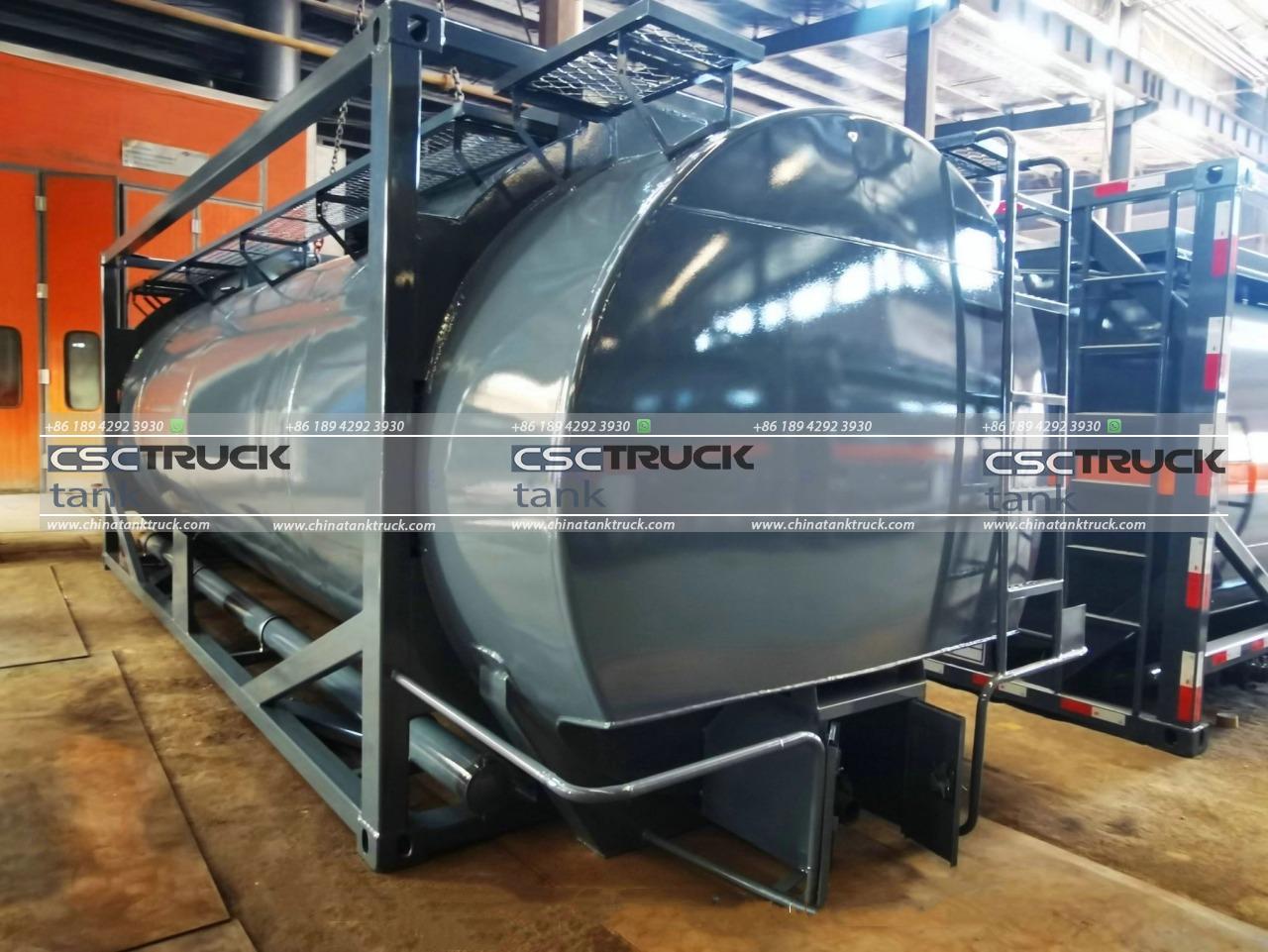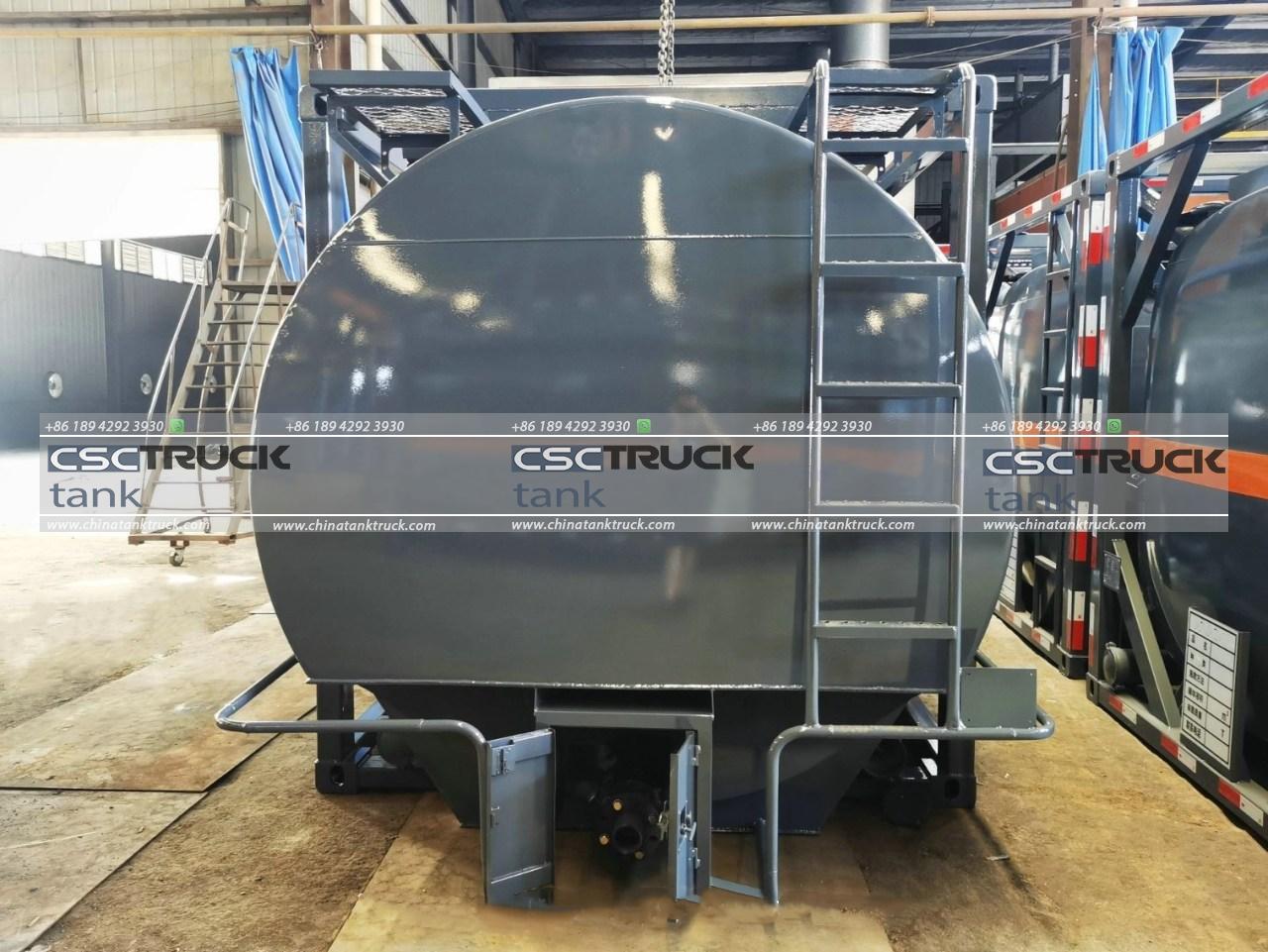What Does ISO Stand for in Tanks?
In the world of tanks—whether they’re military vehicles, industrial storage units, or even those used in transportation—ISO is a term that frequently appears. Understanding what ISO stands for and its significance can provide deeper insights into the design, standardization, and operation of tanks across various industries. This article delves into what ISO means in the context of tanks, its origins, and its implications for quality and safety.
What is ISO?
ISO stands for the International Organization for Standardization. Founded in 1947, ISO is an independent, non-governmental international organization that develops and publishes standards. The organization’s mission is to ensure that products and services are safe, reliable, and of good quality. It is composed of national standards bodies from various countries and is responsible for setting globally recognized standards that facilitate international trade and ensure consistency.

ISO and Tanks: A Focus on Standardization
In the context of tanks, ISO primarily refers to the standards related to design, construction, and safety. These standards are crucial in ensuring that tanks are built to consistent specifications, which enhances interoperability, safety, and efficiency. Here’s a closer look at the different ways ISO standards apply to tanks:
1. ISO 9001: Quality Management Systems
ISO 9001 is a well-known standard within the ISO family. It focuses on quality management systems (QMS) and applies to various industries, including the tank manufacturing sector. For tanks, ISO 9001 ensures that the manufacturing processes, quality control, and customer service meet consistent standards. Compliance with ISO 9001 helps manufacturers maintain high-quality production, improve operational efficiency, and meet customer expectations.
2. ISO 14001: Environmental Management
ISO 14001 pertains to environmental management systems (EMS). This standard helps organizations minimize their environmental impact. For tanks, particularly those used in industrial and storage applications, adherence to ISO 14001 means that manufacturers are committed to reducing waste, managing resources efficiently, and adhering to environmental regulations. This is crucial for minimizing the ecological footprint of tank operations and ensuring sustainable practices.
3. ISO 45001: Occupational Health and Safety
ISO 45001 focuses on occupational health and safety management systems. This standard is designed to prevent work-related injuries and illnesses. In the context of tank manufacturing and operation, ISO 45001 ensures that safety protocols are in place to protect workers from hazards associated with tank production and maintenance. This includes proper handling of materials, safe operating procedures, and emergency response plans.
ISO Standards in Tank Design and Construction
Several ISO standards are directly related to the design and construction of tanks, addressing various aspects such as materials, dimensions, and safety features. Some key standards include:
1. ISO 3834: Quality Requirements for Fusion Welding
ISO 3834 provides quality requirements for fusion welding of metallic materials. In tank construction, particularly for welded tanks, this standard ensures that the welding processes meet specific quality criteria. This includes aspects like welding procedures, welder qualifications, and inspection requirements, which are crucial for the structural integrity and safety of tanks.
2. ISO 50001: Energy Management Systems
ISO 50001 relates to energy management systems, aiming to improve energy efficiency. For tanks, especially those involved in processes that consume significant energy, compliance with this standard helps in optimizing energy use, reducing costs, and lowering environmental impact. This is particularly relevant for tanks used in industrial applications where energy efficiency is a major concern.
3. ISO 22000: Food Safety Management
ISO 22000 is a standard for food safety management systems. It is particularly important for tanks used in the food and beverage industry. This standard ensures that tanks used for storing or processing food meet stringent safety and hygiene requirements, preventing contamination and ensuring the safety of food products.

The Importance of ISO Standards in Tank Operations
ISO standards are not just about compliance; they play a critical role in enhancing the overall performance and safety of tanks. Here’s why ISO standards are so important:
1. Consistency and Quality
ISO standards ensure that tanks are manufactured to consistent specifications, regardless of where they are produced. This consistency is vital for maintaining quality across different regions and manufacturers. Whether it’s a storage tank, a fuel tank, or an industrial tank, adherence to ISO standards ensures that each tank meets high-quality benchmarks.
2. Safety
Safety is a paramount concern in tank operations. ISO standards help mitigate risks by establishing safety protocols and design requirements. For example, standards related to materials, welding, and safety features help prevent failures and accidents. This is crucial for protecting workers, preventing environmental damage, and ensuring the safe operation of tanks.
3. Interoperability
For tanks that are part of larger systems or networks, interoperability is essential. ISO standards facilitate compatibility between tanks and other components, making it easier to integrate them into existing systems. This is particularly important for tanks used in transportation or those that need to connect with other equipment.
4. Regulatory Compliance
Many industries are subject to regulatory requirements that mandate compliance with specific standards. ISO standards often align with or exceed these regulatory requirements, helping organizations meet legal obligations and avoid penalties.

Conclusion
In summary, ISO stands for the International Organization for Standardization, and its standards play a crucial role in the design, construction, and operation of tanks across various industries. Whether it’s ensuring quality through ISO 9001, promoting environmental responsibility through ISO 14001, or enhancing safety through ISO 45001, these standards are integral to maintaining high performance, safety, and consistency. By adhering to ISO standards, organizations can not only meet regulatory requirements but also achieve operational excellence and build trust with customers and stakeholders.

